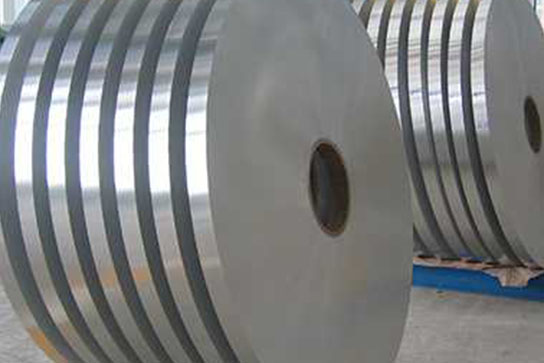5052 aluminum plate manufacturer
When it comes to 5052 aluminum plate, the first thing we think of is the cold rolling process. The rolling process below the recrystallization temperature of metals and alloys is called cold rolling. During cold rolling, although the temperature of the rolled piece can be high due to the heat of metal deformation and friction, which has a certain recovery effect, the main role in the cold rolling process is cold rolling hardening (work hardening).
Compared with hot rolling, the main feature of cold rolling is that thinner plates and strips can be obtained. Usually, the thickness of the hot-rolled slab is 6-8mm. The minimum thickness is 2.5mm-3.0mm. Due to the large temperature drop of the rolled piece during the hot rolling process, it is difficult to continue hot rolling to a thinner thickness, while cold rolling can easily make the rolled piece continue to thin. Usually, the cold rolling mill can roll to 0.5-4.5mm, and the more advanced cold rolling mill can roll out ultra-thin or thick foils with a thickness of 0.1mm-0.2mm. Compared with hot rolling, the main feature of cold rolling is that cold rolling can produce products with precise size, uniform thickness, good flatness and surface gloss, good product structure and performance, and high surface quality.
Because the cold rolling mill has higher precision than the hot rolling mill, the comprehensive automatic control level of the cold rolling mill is high. For example, the more advanced cold rolling mill is equipped with devices such as thickness and plate type automatic control. In addition, cold rolling uses rollers with higher finish to produce high surface quality and mirror-finished 5052 aluminum plates.








